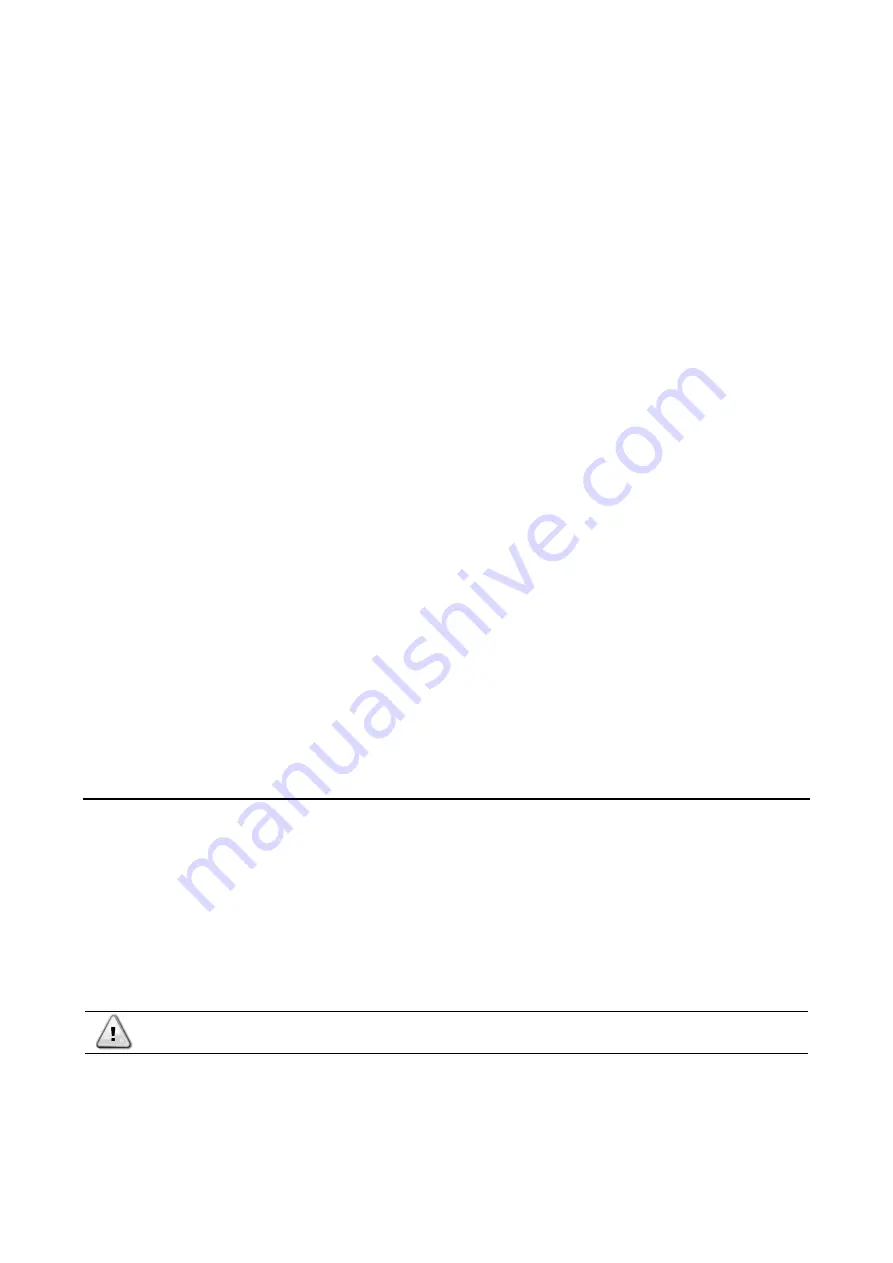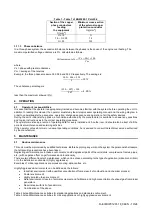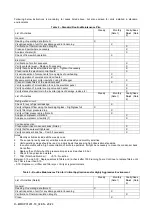
D
–EIMHP01201-18_04EN - 7/24
30. the machinery must be installed in structures protected against atmospheric discharge according to the applicable
laws and technical standards
31. do not bend or hit pipes containing pressurised fluids
32. it is not permitted to walk or rest other objects on the machines
33. the user is responsible for overall evaluation of the risk of fire in the place of installation (for example, calculation
of the fire load)
34. during transport, always secure the unit to the bed of the vehicle to prevent it from moving about and overturning
35. the machine must be transported according to the regulations in force taking into account the characteristics of
the fluids in the machine and the description of these on the safety data sheet
36. inappropriate transport can cause damage to the machine and even leaking of the refrigerant fluid. Before start-
up, the machine must be checked for leaks and repaired accordingly.
37. the accidental discharge of refrigerant in a closed area can cause a lack of oxygen and, therefore, the risk of
asphyxiation: install the machinery in a well ventilated environment according to EN 378-3 and the local
regulations in force.
38. the installation must comply with the requirements of EN 378-3 and the local regulations in force; in the case of
installations indoors, good ventilation must be guaranteed and refrigerant detectors must be fitted when
necessary.
1.2
General Description
The unit you bought is a
n “air to water multipurpose”, a machine aimed to provide cooled and heated water on two separate
loops independently during all year. The unit is aimed to operate within the limits described in the following. The unit
operation is based on vapour compression, condensation and evaporation according to reverse Carnot cycle. The main
components are:
-
Inverter driven Screw compressor to rise the refrigerant vapour pressure from evaporation pressure to condensation
pressure
-
Evaporator, where the low pressure liquid refrigerant evaporates to cool the water
-
Condenser, where the high pressure vapour refrigerant condensates to heat the water
-
Air heat exchanger, where the exceeding heating or cooling energy is exchanged in the atmosphere thanks to the
fans.
-
Expansion valves allowing to reduce the pressure of condensed liquid from condensation pressure to evaporation
pressure.
1.3
Receiving The Unit
The unit must be inspected for any possible damage immediately upon reaching final place of installation. All components
described in the delivery note must be inspected and checked.
Should the unit be damaged, do not remove the damaged material and immediately report the damage to the transportation
company and request they inspect the unit..
Immediately report the damage to the manufacturer representative, a set of photographs are helpful in recognizing
responsibility
Damage must not be repaired before the inspection of the transportation company representative.
Before installing the unit, check that the model and power supply voltage shown on the nameplate are correct.
Responsibility for any damage after acceptance of the unit cannot be attributed to the manufacturer.
2
OPERATING LIMITS
2.1
Storing Storage
Environmental conditions must be within the following limits:
Minimum ambient temperature
:
-20°C
Maximum ambient temperature
:
57°C
Maximum R.H.
:
95% not condensing
Storing below the minimum temperature may cause damage to components. Storing above the maximum temperature
causes opening of safety valves. Storing in condensing atmosphere may damage electronic components.
As a general rule, the unit should be operated with an evaporator water flow rate between 50% and 120% of nominal flow
rate (at standard operating conditions), however check with the unit selection software the correct minimum and maximum
allowed values for the specific model.
STORAGE AND OPERATION OUT OF THE LIMITS BELOW MAY DAMAGE THE UNIT.
In case of doubts contact manufacturer representative








































